How to Build a Compact Gaming PC: Step-by-Step Guide in 2023
Hey there, gaming aficionado! If you're diving into the world of PC gaming and want to wield a compact powerhouse, you've come to the right place. Let's whip up a gaming rig that's small in size but colossal in performance. We'll equip it with a powerful processor, graphics card, and memory to ensure maximum gaming performance.
With a few tweaks, it'll be the perfect compact gaming PC and you get the answer to “how to build a compact gaming PC! Here are the steps you can follow:
1. Plan Your Build
-
Determine Your Budget and Performance Needs
Assess your financial scope and gaming demands to set the budget and performance expectations for your compact gaming PC. Consider the games you'll play, desired graphics settings, and the overall investment you're willing to make to ensure a satisfying gaming experience within your financial means.
-
Find Compact PC Cases That Fit Your Hardware Preferences
Explore compact PC case options that align with your aesthetic taste, space constraints, and the components you intend to house. Look for cases optimized for airflow and compatibility with your chosen motherboard, GPU, and cooling solutions. Prioritize a balance between size, functionality, and the ability to accommodate your desired hardware configuration.

-
Make a List of Components
Come up with a list of CPU, GPU, motherboard, RAM, storage, and power supply that fit within the case.
Compile a comprehensive inventory comprising a CPU tailored for your gaming needs, a GPU delivering optimal performance within space constraints, a compatible motherboard that fits the case, sufficient RAM for gaming demands, storage options (SSD/HDD) that fit the case dimensions, and a power supply unit compact enough to accommodate the case size while providing ample power to the components.
2. Gather Components
-
Select a CPU Compatible with Your Motherboard
Select a high-performing CPU that matches your motherboard's socket type and chipset, ensuring compatibility for seamless integration. Consider factors like core count, clock speed, and thermal requirements, aiming for a processor that meets your gaming demands while aligning with your motherboard's specifications for optimal functionality.
-
Select a Powerful GPU Tailored for Compact Builds
Opt for a potent GPU designed specifically for compact builds, emphasizing a balance between size and performance. Look for models optimized for smaller spaces without compromising on gaming prowess. Consider factors like thermal efficiency, VRAM capacity, and dimensions to ensure a GPU that fits snugly within your compact case while delivering the graphical horsepower needed for immersive gaming experiences.

-
Pick Sufficient RAM for Gaming Needs
When selecting RAM for gaming, aim for sufficient capacity and speed to match your gaming requirements. Opt for DDR4 modules with speeds compatible with your motherboard and CPU, ensuring smooth multitasking and gaming performance. Consider 16GB as a solid starting point, with room for expansion if your budget allows or if your gaming demands extend to content creation or streaming.
-
Decide on SSD or HDD for Storage
Choose between SSD (Solid State Drive) or HDD (Hard Disk Drive) based on your priorities. SSDs offer faster data access and boot times but come at a higher cost per GB. HDDs deliver more storage capacity at a lower price but are slower in read/write speeds. For optimal gaming performance, consider an SSD for the operating system and frequently played games, with an HDD for additional storage.

3. Assemble Your Rig
-
Prep a clean workspace and ground yourself to avoid static discharge.
-
Install the CPU onto the motherboard following manufacturer instructions.
-
Attach the CPU cooler according to the case and motherboard setup.
-
Install RAM into the appropriate slots.
-
Mount the motherboard into the case securely.
-
Connect power supply cables to the motherboard, CPU, GPU, and storage.
-
Install the GPU into the PCIe slot.
-
Install storage drives (SSD/HDD) in their designated spots.
-
Double-check all connections and secure them properly.Buy Now
4. Cable Management
-
Organize cables to ensure proper airflow and a tidy build.
-
Use cable ties or clips to secure cables and prevent tangling.
5. Test and Boot
-
Connect your monitor, keyboard, and mouse.
-
Power on the system to check if all components are working.
-
Access BIOS/UEFI to confirm hardware detection.
-
Install your operating system and necessary drivers.














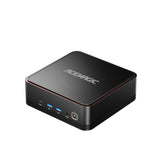

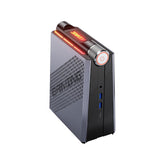



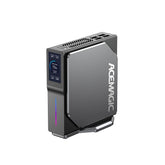





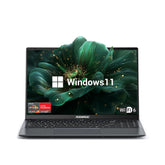

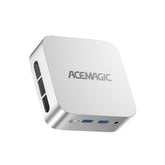




Leave a comment
Please note, comments need to be approved before they are published.